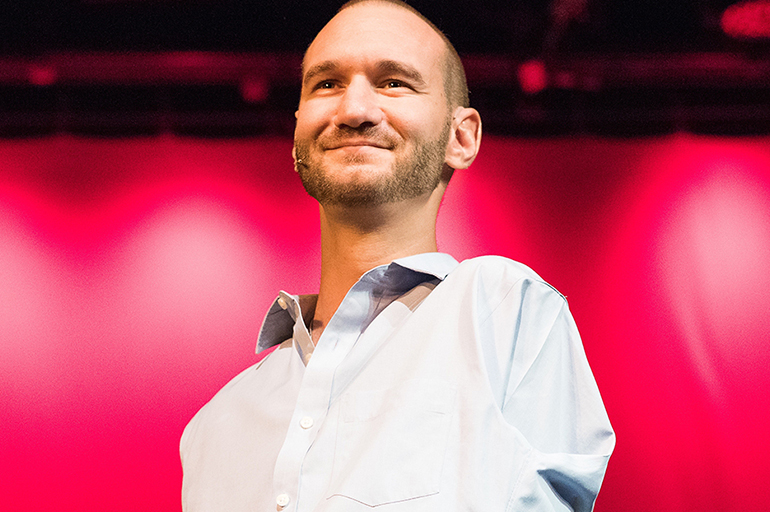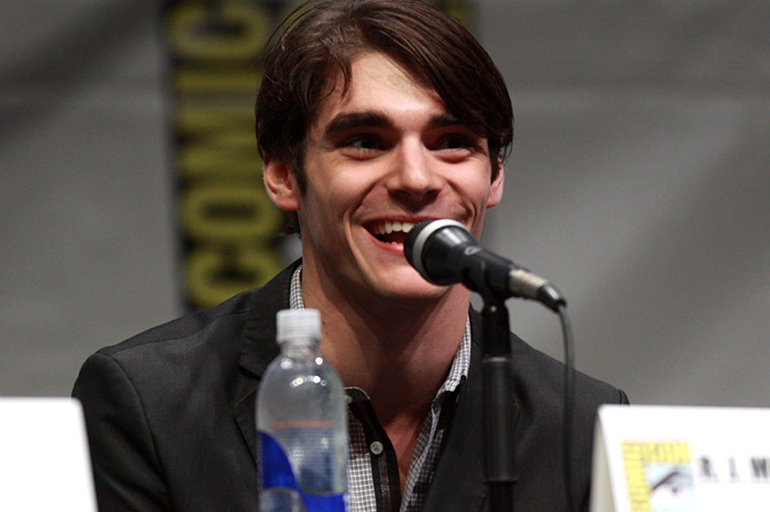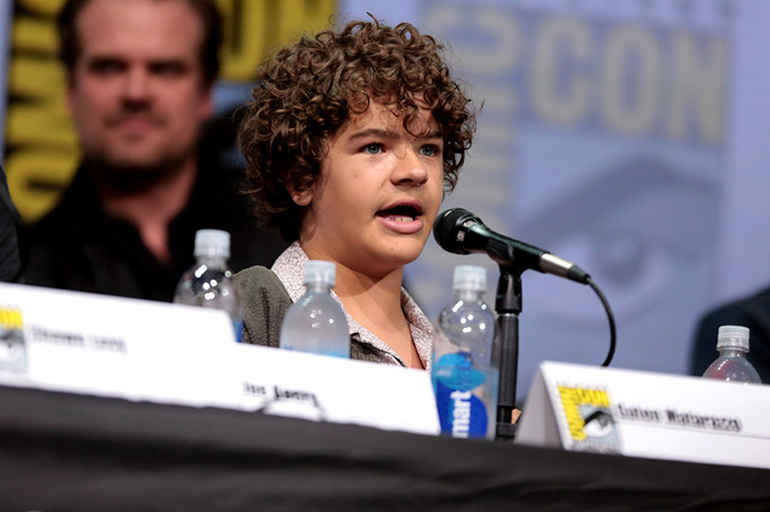Share:
Take it offline!
This Education in Motion resource is also available as a printable PDF.
Download PDF
A long time has passed since Tod Browning directed his famous film in 1932, “Freaks” which was one of the first films on the big screen to address the subject of disability. Since then, the relationship between disability and film has been prolific with numerous examples of works that address incapacity in all its forms across all genres (biographies, dramas, documentaries, etc.).
They have all, almost always in a positive manner, contributed to increasing the visibility of disabled people.
The cinema and disability: a brief history
The history of cinema is full of works in which film and disability go hand in hand. Some of them have become very famous, won awards and been highly successful at the box office. For example, surely you’ve seen or heard of “Children of a lesser god”(Randa Haines, 1986), that tells the love story of a person with hearing and speech disabilities or the famous “Forrest Gump” (Robert Zemeckis, 1994) in which the protagonist with learning difficulties takes us through some of the greatest moments in American history.
Films such as, “Gattaca” (Andrew Niccol, 1997) or “Avatar” (James Cameron, 2009), bring us closer to a future defined by genetic engineering and in which two people with functional impairments take the leading roles. Even comedy has served to unite the cinema and disability. A clear example is “The sessions” (Ben Lewin, 2012), that covers in a beautifully humane way, the relationship between Disability and sexuality through the (true) story of the paraplegic journalist and poet Mark O'Brien.
Disability in UK cinema
Normally, when we talk about disability in the cinema, examples of Hollywood movies come to mind, but what about the UK film industry? How do our directors and actors approach the relationship between the cinema and disability?
It’s probably fair to say that the UK film industry has been slow on the uptake regarding films featuring disabled characters, although there have been some memorable ones. Such as (Paul Brickhill's 1956 biography of Douglas Bader in “Reach for the sky” the (true) story of a double amputee who overcame his disability to become a Battle of Britain flying hero or “Four weddings and a funeral” (Mike Newell, 1994), in which Hugh Grant’s brother David is played by deaf actor “David Bower”.
However, things do seem to be heading in the right direction in the last 15 years with films such as “A life backwards” (David Attwood, 2007). This appears to be the case on the small screen as well as the big one, “James Moore” is an actor and disability rights activist with cerebral palsy who recently won a National Television Award for Best Newcomer for his portrayal of Ryan Stocks in Emmerdale, a very popular British soap opera.
Actors with disabilities: a commitment beyond the big screen
Highlighting disability in the cinema serves to give voice to the diversity in society and to raise awareness and teach values such as integration and non-discrimination. For example, the documentary “CinemAbility. The Art of Inclusion”(Jenni Gold, 2012), gathers the opinions of actors and directors on the representations of disability in the cinema, television and on the web. These testimonials serve to analyse how media outlets have contributed and are contributing to transforming society and promoting inclusion.
Actors such as Daniel Day-Lewis (star of the Oscar winning “My left foot”), François Cluzet (“The intouchables”), Javier Bardem (“The sea inside”), Dani Rovira (“100 metros”), Ben Affleck (“Daredevil”), or Al Pacino (“Scent of a woman”) have made an important interpretive effort by putting themselves in the shoes of disabled people, and all of them have bestowed a special sensitivity to their characters. However, the commitment between cinema and disability should be broader and encourage the presence of actors and directors with disabilities. This would contribute even further to the visability of this group of people. Some examples of famous disabled actors are:
Nick Vujicic
In our article about “Famous people with disabilities” we’ve already mentioned the history of Nick Vujicic, founder of Life Without Limbs and star of the poignant short film “The Butterfly Circus”. Vujicic was born without limbs and combines his role as an actor with his work as a writer and motivational guest speaker throughout the world.
 ©Wikimedia Commons
©Wikimedia Commons
RJ Mitte
RJ Mitte has cerebral palsy and uses crutches to walk, something that didn’t stop him bringing to life Walter White Jr for five seasons as the main character’s son in the smash hit series “Breaking Bad”. The young performer has used his personal experiences to understand his character better and has wasted little time in denouncing the lack of opportunities for disabled actors and the need for breaking down barriers to give disabled actors a chance, on the small screen as well as the big one.
 ©Gage Skidmore
©Gage Skidmore
Pablo Pineda
Actor, lecturer, professor and writer, Pablo Pineda is a Spanish actor with Down’s syndrome. One of his most famous roles was in the film “Me too” in which he starred alongside the actress Lola Dueñas. Winner of the silver shell for the best actor at the San Sebastian International Film Festival of 2009, Pablo Pineda has worked since 2010 for the “Adecco Foundation” where he develops and coordinates the raising of awareness and training tasks for the business world and society in general.
 ©Junta de Andalucia
©Junta de Andalucia
At just 16 years old the American actor has recently found global fame for his role as one of the lead characters in “Stranger Things”, a highly successful Netflix production. Before that, the young actor with cleidocranial dysplasia (a disease that affects the development of bones and teeth) had already taken part in Broadway shows, giving life to Benji in “Priscilla, Queen of the desert” or Gavroche in the musical “Les Misérables”.
 ©Gage Skidmore
©Gage Skidmore
Ultimately, the cinema is a tool that influences perspectives, and in the case of disability helps society to get closer to it in a more natural way. For this reason, considering that the cinema is a medium that exerts a tremendous influence on the masses, the big screen must now more than ever highlight the reality of people with disabilities and how they overcome them.
Even our wheelchairs have hit the screen with our Neon2 wheelchair appearing on the Sky programme Curfew.
The Neon 2 is bursting with personality and style, the lightweight and affordable Neon 2 folding wheelchair provides an energy efficient ride that you’ll never want to be without.